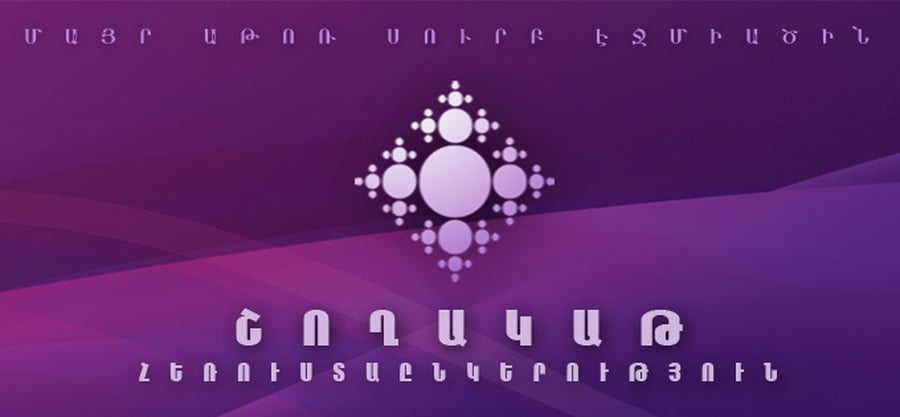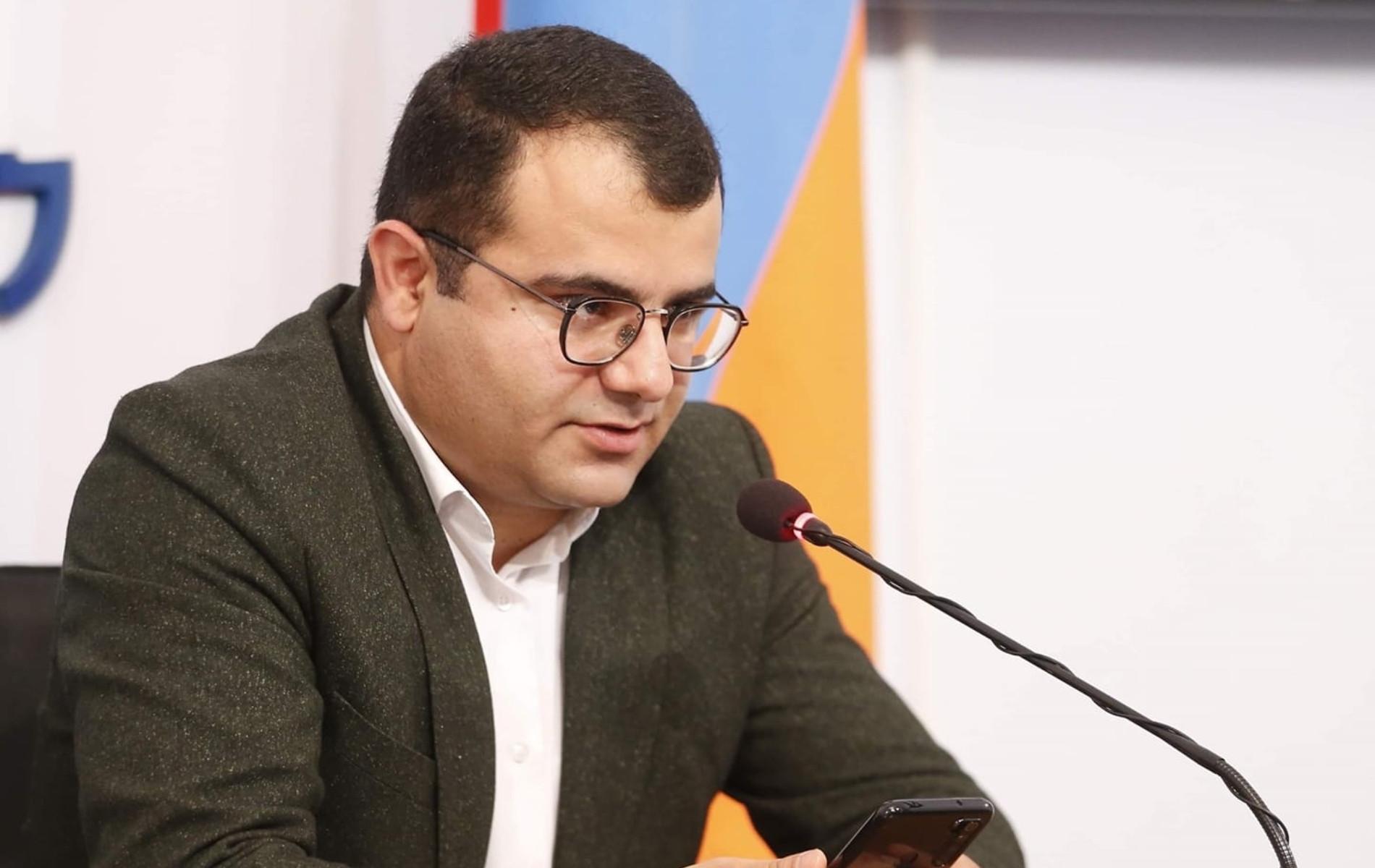 The government continues to import and distribute decoders to families at risk, which will allow these families to access digital broadcasting.
The government continues to import and distribute decoders to families at risk, which will allow these families to access digital broadcasting.
Note that earlier this year 48,733 devices were imported to Armenia for people at risk, of which 2000 were provided to NKR, the others were handed to families at risk in the ten marzes of Armenia free of charge. The Committee to Protect Freedom of Expression and its partner organizations have mentioned repetitively that this quantity is very small for our country where one third of the population is poor. In early March the government decided to acquire and distribute another 61,433 devices.
Grigor Amalyan, the general director of Television and Radio Transmission Network of Armenia CJSC, informed CPFE in a conversation that of this quantity 18,300 devices have already been handed out to people, and they are preparing to receive another 35,000 devices on the upcoming days. In about a week the remaining quantity will be imported and distributed to people. “We expect to complete the process until the end of July. And in August we will switch off analog transmission in the marzes where free decoders have been distributed,” G. Amalyan said.
The regional TV companies which did not have a license for digital broadcasting after the adoption of the amendments to the Armenian Law on Television and Radio in December 2015 were allowed to continue analog transmission until the creation of a private multiplex or until biddings are announced. Nevertheless, the destiny of these TV companies remains of concern.
After switching off analog broadcasting and full transition to digital transmission there will be extreme inequity, and the analogue TV channels will not be able to continue along their regular path. There is a high probability that they will lose their audience, consequently their advertising. Eventually, they will end up in a financial collapse, so these TV companies will close before a private multiplex emerges. Most probably, this is the purpose of the authors of the December amendments, and generally the decision makers in this sphere. And though the National Commission on Television and Radio has announced a bidding for license of private multiplexor, it is uncertain when the bidding process will be completed and when the multiplexor will appear.
CPFE has asked the head of NCTR Gagik Buniatyan to share his thoughts on these concerns. He first took a journey into the history, reminding that the Armenian Law on Television and Radio adopted in 2010 stated that the analog TV channels which will not qualify for the bidding terms and conditions will have to suspend their activity. “In 2010 these TV companies submitted their bids but did not qualify. And only in mid-2015 did they express their dissatisfaction. Meanwhile, the TV companies which won the tender in 2010 have paid 1 million drams since 2010, have prepared for the switchover to digital broadcasting, made investments expecting that after the transition to digital broadcasting they will remain the only TV channel in their marz,” G. Buniatyan said. According to him, NCTR again gave way to them and gave them an opportunity to operate on equal terms with TV channels which have received license, until a private multiplexor appears.
Gagik Buniatyan is right only in one thing – when he is referring to the Law on Television and Radio in considering these problems. He is referring to the law, which has been criticized heavily by not only Armenian journalistic and human rights advocacy organizations but also authoritative international organizations and experts. In regard to all the other issues, the arguments of the head of NCTR do not stand criticism. First of all, it is not true that all regional TV companies participated in tenders. They did not participate not because they did not want to or could not. They had been “kindly” advised not to bid because the winners had been identified beforehand. In other words, initially the biddings were titular and unfair.
Secondly, the TV companies had expressed their concerns and dissatisfaction earlier than mid-2015. For example, in December 2014 eight local TV companies sent a letter to the Armenian president, asking him to undertake legislative change and protect those TV companies against the risk of closure. We do not mention the three journalistic organizations (Committee to Protect Freedom of Expression, Yerevan Press Club, Media Initiatives Center) which brought up the issues relating to broadcasting and proposed a package of legislative changes both before 2010 and more intensively after 2010. Unfortunately, their efforts were in vain.
Thirdly, at is at least funny to consider the conditions for digital and analog broadcasters equal. We do not think that Buniatyan does not know their difference. He is simply trying to ignore the serious situation and describes it with groundless optimism. Meanwhile, it is obvious that a few months later when analog transmission is altogether switched off, as we said, the local TV companies will lose their audience and may, in fact, face closure.
And finally, if in 2010 an absurd idea occurred to someone to leave a single TV company per marz and close the rest, and like it was not enough, on the top of this, to lay it down in the law, it does not mean that it must be implemented. This approach contradicts the logic and philosophy of the switchover to digital broadcasting, as well as the international regulations and approaches in this sphere. With sky as the limit to technology, closing a TV company is incomprehensible to the Armenian or international community. So, it is necessary to change the law instead of referring to an outrageous law.
Certainly, Buniatyan assures that NCTR will do everything it can to make sure no TV company closes, however, the actions and often also the inaction of the regulatory body allows us to suppose that NCTR is not against having only one TV company per marz, without competition and without an alternative for the viewers.
Committee to Protect Freedom of Expression









